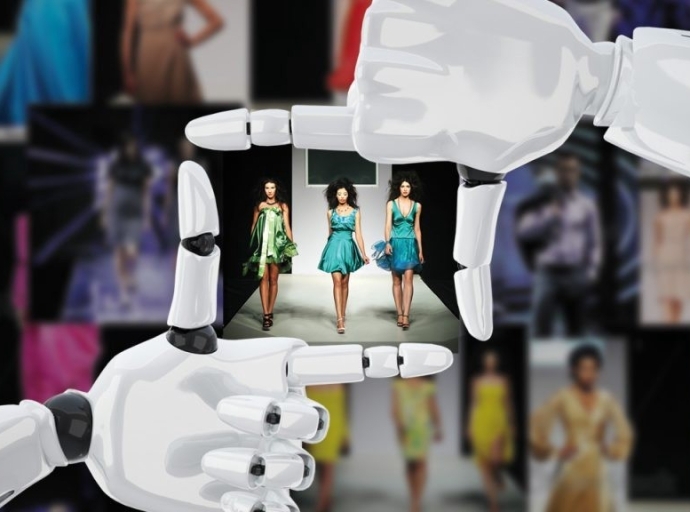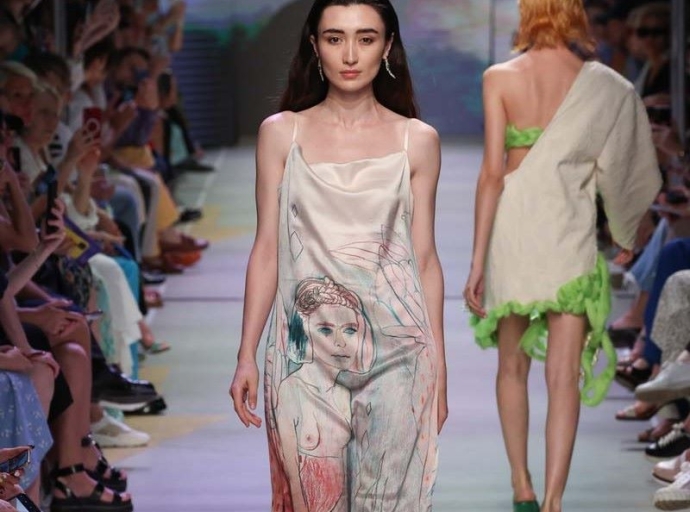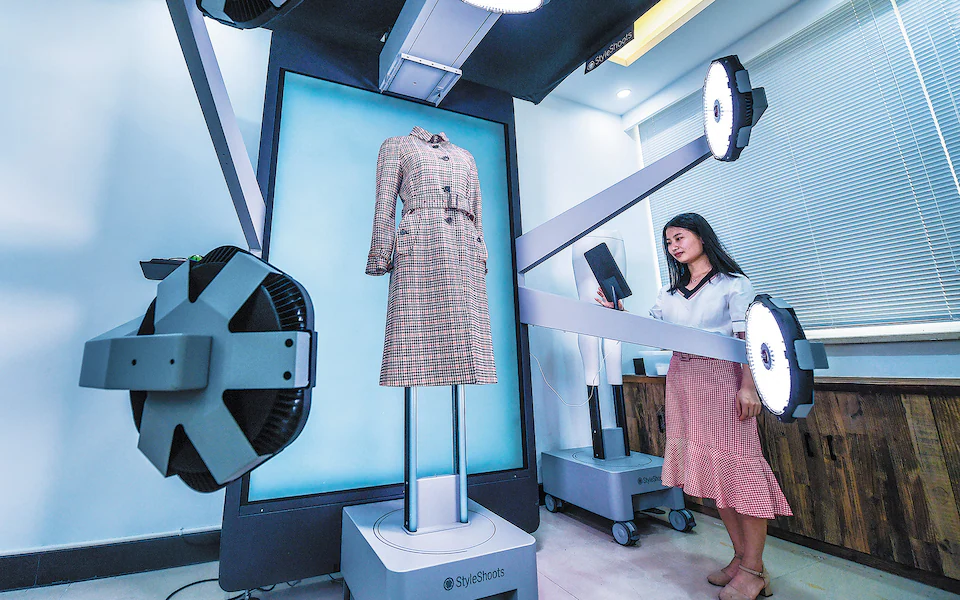29 February 2024, Mumbai
An overview
Q: How was the brand SHREE born? Could you please share your journey and experience to success?
Shree: We identified a lack of an everyday, ethnic fashion brand in the market that catered to the modern Indian woman, who valued quality, comfort, convenience, and affordability.
For this we thoroughly researched and studied the Indian market, key clothing requirements and preferences in terms of fabrics, colour tones, styles and cuts that best suited the target customer base. We understood that most women who wanted trendy designs with quality and the right fit would mostly go to a tailor and wouldn’t still get the desired results.
Thus, we decided to form a brand for the "women of today". We did not know where to begin, so we started as an E- commerce platform selling ethnic wear on E-Bay in 2009. SHREE made its presence in the markets in 2010, and steadily grew in all major online marketplaces. We opened our first brick and mortar store in Todapur, New Delhi in 2015 and that was a major milestone for us. Since then, there has been no looking back. Today, we are 150 stores strong and growing within India as well as internationally!
The year 2021 brought about a drastic shift in our brand persona. SHREE – The Indian Avatar became SHREE – She is Special, with a completely new logo design, identity and in-store experience.
All our existing 100 stores have been renovated with the new identity and more than 50 new stores have been launched ever since. The new tagline “She is Special” enunciates on what SHREE stands for—the power that every Indian woman withholds.
Ethnic wear, as we understand, is the essence of every Indian woman's closet. And that's where we come in. Our brand offers well-priced, comfortable, and everyday Indian ethnic wear to all kinds of women.
Q: What is your expansion plan looking like for the immediate future?
Shree: We take pride in saying that we have come a long way and have achieved success in establishing our brand, providing affordable yet comfortable and high-quality products.
Last month, we launched our 140th store in India & 6th Store in UAE. We also have stores in Singapore & Qatar and we will soon be launching in Saudi Arabia. It is important to highlight that SHREE is the first "Made in India" ethnic wear brand to have 10+ stores internationally.
We envision to reach the milestone of 500 stores within the next 3 years and establish a presence in other key ethnic wear markets internationally such as USA, UK, Canada & Malaysia.
Q: What does brand SHREE stand for?
SHREE - She is Special is a "Made in India" brand inspired, sourced, designed, and created exclusively in India for the modern Indian woman, celebrating style, individuality, quality, and comfort. The goal is to promote the employment of home-grown factories, small job workers, tailor masters, and every life we touch in the making of our outfits.
SHREE goes from fibre to fashion domestically. It is a truly Indian product – Inspired, Sourced and Made in India.
As a brand we stand for "women empowerment". We understand that the modern Indian woman is constantly striving to maintain a perfect equilibrium between her social and professional life. We enable her to traverse effortlessly and stylishly between her personal and professional life, while keeping her fashion functionality in mind!
The aim is to fill your wardrobe with apparel that is your go-to outfit every morning.
SHREE's design philosophy is simple - comfort and inclusiveness is a priority. Our outfits celebrate every body type, age, etc.
Besides, our designers work with colours and fabrics that complement the modern Indian woman keeping in mind the extreme weather conditions in the country.
Q: How do you go about planning your collections and designing the outfits?
Shree: We design our outfits in 2 large season-specific collections: Spring-Summer and Autumn-Winter. We plan our season's
collection based on thorough market research and analysis of shifts in consumer preferences and trends. From this research
forecast, we further create themes and stories within the larger seasonal collection with multiple ensembles.
Based on the set themes, we design appropriate prints and then proceed to the crafting of silhouettes. Our customers and
their requirements form the backbone of our creativity and designing. Additionally, we also analyse our previous collections
to understand which outfits were liked best by our consumers in the past.
An understanding of the past performance and research of the upcoming trends allow us to create collections that are unparalleled across the entire segment.
Q: What is your business strategy going forward and how do you intend to make it sustainable?
Shree: Our future business strategy is led by our intent to focus on what creates value for our customers in the long run - a vision that we, at SHREE, believe as being extremely important for any business to be successful.
Our strategy at this point is to stay on the pulse of the customer, analyze and understand their fashion, functionality and convenience expectations and accordingly streamline our product line.
To achieve this, technology adoption and digitalization will play a major role. We have extensively adopted this new transformation and have primped up all our online and digital platforms (WhatsApp, social media, Website, Emails, SMS) to ensure that we communicate to our customers and vice versa at every customer touchpoint and at the same time have an easy and seamless interaction with our partners and other stakeholders.
Additionally, we have fully streamlined our internal processes, inventory management, and brand building initiatives.
We conduct an increasing number of sales through our website, social media and WhatsApp, and offer swift deliveries to our customers' doorsteps.
Our development team continuously sources new and sustainable raw materials and introduces new product lines.
Q: Can you please elaborate on SHREE’s latest collection?
Shree: Ethnic wear can be worn anytime, anywhere! Creatively designed keeping in mind the needs of today’s women and the new
trends heralded since the pandemic, SHREE’s latest Spring-Summer 2024 is all about keeping you comfortable yet pretty!
This new line is vibrant and classy. Enthused by the soothing pastel shades that depict the approaching summer, this collection consists of fabrics that are airy and breezy, styles that express comfort and convenience, and patterns that showcase ‘chic’ at its very core. The different types of detailing, surface ornamentation, handwork digital print, and embroideries enhance a
variety of styles.
The “Fabrics in Focus” this season are easy and breathable fabrics such as cotton, rayon, flex, muslin, and khadi cotton. In terms of cuts and styles, the focus is mainly on straight cuts, A-lines and fit and flare across kurtas, tunics, dresses, ethnic sets & multi-functional 3-piece sets.
ABOUT SHR Lifestyle Pvt. Ltd.
SHR Lifestyle Pvt. Ltd. is an ethnic wear manufacturer and distributor of everyday women’s clothing across India and abroad.
With an exquisite range of ethnic wear for women, SHREE celebrates the Indian-ness of every woman and takes pride in our Indian culture.
The brand, in its entirety is quality conscious and constantly strives to provide the best to its “Parivaar” without cutting any corners.
SHREE traces its origins from the Sanskrit word devi which means divine.
Deeply rooted in the Indian spiritual ethos, ‘Devi’ is quintessentially the core of every Indian woman.
The company draws its inspiration from the modern Indian woman; a woman who gracefully and efficiently maintains a perfect equilibrium between her social and professional life. Every SHREE outfit captures and celebrates an Indian woman’s sense of individuality.
Latest Textile Events


































